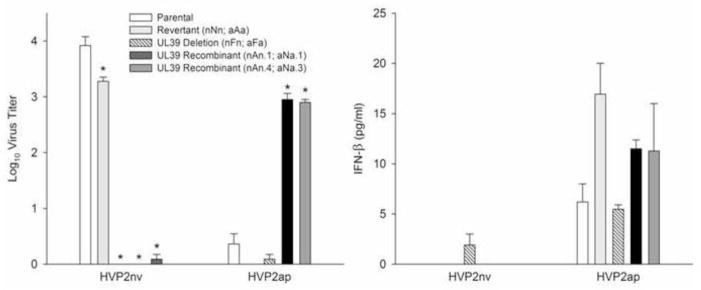Figure 6. UL39 determines the ability of HVP2 to replicate efficiently in primary murine cells but not suppression of IFN-β response.

The ability of UL39 recombinants to replicate in primary murine cells was assessed by infecting confluent PMDF cultures at an MOI = 0.01 PFU/cell and quantitation of infectious virus at 96 hrs PI by plaque assay on Vero cells (left panel). Neurovirulent virus carrying the UL39ap ORF (nAn) or with the UL39 ORF deleted (nFn) produced significantly less infectious virus than the parental wild-type or revertant viruses, while apathogenic virus carrying the UL39nv ORF (aNa) produced significantly higher levels of infectious virus than the apathogenic wild-type, revertant (aAa) or UL39 deletion virus (aFa). To assess the role of UL39 in suppressing the IFN-β response, PMDF cultures were infected at an MOI = 0.4 PFU/cell and IFN-β present in the extracellular medium assayed by ELISA at 24 hrs PI (right panel). The background of the recombinant viruses but not the UL39 ORF correlated with the ability to effectively suppress the IFN-β response. In each graph, the background of each set of viruses (WT, revertant, UL39 deletion and two UL39 recombinants) are indicated below the graph. Data were analyzed using a two-way ANOVA and compared to the parental virus with significance set to 0.05. Asterisks denote significant differences between recombinants and their respective parental wild type virus.
